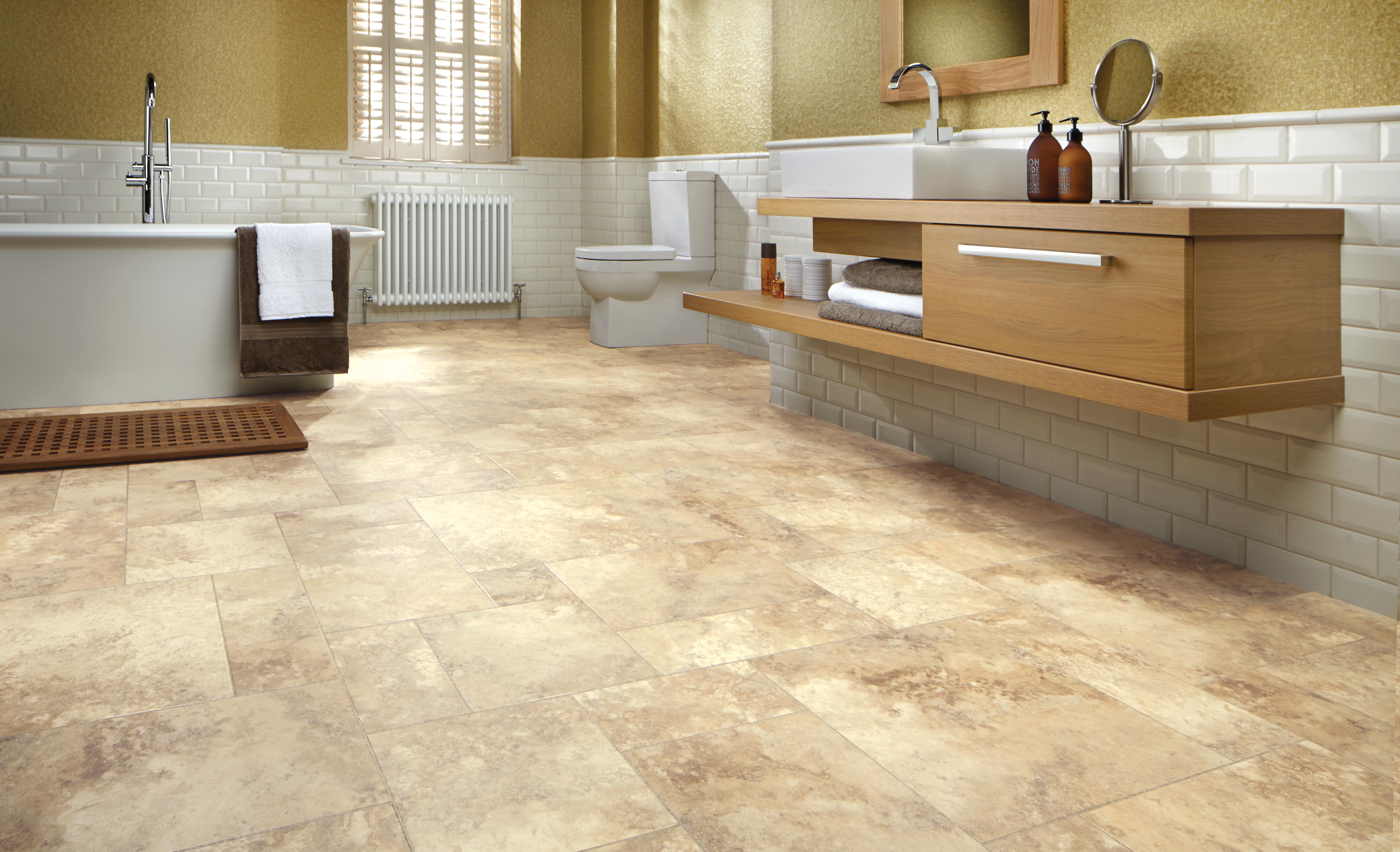Understanding Bathroom Floor Plywood Requirements

Yo, so, building a bathroom? That’s cool, but you gotta be smart about the materials you use. Bathroom floors are constantly exposed to moisture, and regular plywood can’t handle that. That’s where moisture-resistant plywood comes in.
Moisture-Resistant Plywood: The Bathroom Floor Hero
Moisture-resistant plywood is like the superhero of bathroom flooring. It’s designed to withstand the high humidity and moisture levels that are common in bathrooms. This plywood is made with special treatments and glues that resist moisture absorption and prevent warping, swelling, and rotting. It’s like the plywood equivalent of a waterproof suit.
Properties of Moisture-Resistant Plywood, What plywood to use for bathroom floor
So, what makes moisture-resistant plywood so awesome? It’s all about the properties:
* Water-resistant Glue: The glue used to bind the layers of wood is formulated to be resistant to moisture. This helps prevent the plywood from delaminating or separating.
* Water-resistant Veneer: The exterior layers of the plywood are made from water-resistant veneers, which are less susceptible to moisture damage.
* Moisture-resistant Treatment: The plywood is often treated with special chemicals or sealants to further enhance its moisture resistance.
Types of Moisture-Resistant Plywood
There are a few different types of moisture-resistant plywood you can use for bathroom floors. Each has its own pros and cons, so it’s good to know the difference:
- Sanded Plywood: This type of plywood is smooth and sanded on both sides. It’s great for use under tile, vinyl, or other flooring materials. It’s the most common type of moisture-resistant plywood used in bathrooms.
- Sheathing Plywood: Sheathing plywood is a thicker, more durable type of plywood that is typically used for structural applications. It can be used for bathroom floors, but it’s not as smooth as sanded plywood, so it may not be the best choice for all flooring materials.
- Marine Plywood: Marine plywood is the highest quality type of moisture-resistant plywood. It’s made with waterproof glue and veneers and is treated to withstand extreme moisture conditions. It’s a good choice for bathrooms that are especially prone to moisture, but it’s also the most expensive option.
Choosing the Right Plywood
Choosing the right type of plywood for your bathroom floor depends on your budget and the specific needs of your project. If you’re on a tight budget, sanded plywood is a good choice. If you need a more durable plywood for a larger bathroom or one that’s prone to moisture, sheathing plywood or marine plywood might be a better option.
Selecting the Right Plywood Thickness and Grade: What Plywood To Use For Bathroom Floor
:max_bytes(150000):strip_icc()/Plywood-vs-obs-flooring-1821635-1c0831e8647d4c358b8c2006055dc8ba.png)
Choosing the right plywood thickness and grade is crucial for a durable and safe bathroom floor. You wanna make sure your floor can handle all the traffic and moisture it’s gonna get, so you don’t end up with a floor that’s all warped and cracked.
Plywood Thickness
The thickness of plywood you need will depend on the size of your bathroom and the condition of your subfloor. If you’re working with a small bathroom and a solid subfloor, you might be able to get away with thinner plywood. But if you’ve got a big bathroom or a subfloor that’s not so great, you’ll need thicker plywood to provide more support.
- Small Bathrooms (under 100 sq ft): You can usually get away with 1/4-inch plywood, but if you’re worried about the subfloor, go for 1/2-inch.
- Medium Bathrooms (100-200 sq ft): 1/2-inch plywood is a good standard choice, but you might need 5/8-inch if your subfloor isn’t perfect.
- Large Bathrooms (over 200 sq ft): 5/8-inch plywood is the way to go, and you might even want to consider 3/4-inch if you have a really big bathroom or a weak subfloor.
Plywood Grades
Plywood grades refer to the quality of the veneer used to make the plywood. The higher the grade, the better the quality of the wood. For bathroom floors, you’ll want to use a grade of plywood that’s resistant to moisture and can handle the weight of your bathroom fixtures.
- Sanded Plywood: This is the most common type of plywood used for floors. It’s sanded smooth on both sides, making it easy to install and finish. Sanded plywood is usually available in grades A, B, and C.
- Sheathing Plywood: This type of plywood is designed for structural applications, and it’s typically used for subfloors. It’s not as smooth as sanded plywood, but it’s still a good choice for bathroom floors if you need a more durable option. Sheathing plywood is usually available in grades CDX and CD.
- Exterior Plywood: This plywood is designed to withstand moisture and the elements. It’s a good choice for bathroom floors, especially if you live in a humid climate. Exterior plywood is usually available in grades ACX and BCX.
For bathroom floors, it’s best to use a plywood grade that’s specifically designed for interior use. This will help to prevent moisture damage and ensure that your floor lasts for years to come.
Impact of Plywood Thickness and Grade
The thickness and grade of your plywood will have a big impact on the structural integrity and performance of your bathroom floor. Thicker plywood will provide more support and be less likely to sag or crack, especially if you’re using heavy bathroom fixtures. Higher-grade plywood will be more resistant to moisture and will last longer.
- Thicker plywood will be more stable and less likely to deflect under load. This is especially important if you’re planning to install heavy fixtures, like a large bathtub or a double vanity.
- Higher-grade plywood will be more resistant to moisture and warping. This is important in a bathroom, where there’s always a risk of water damage.
